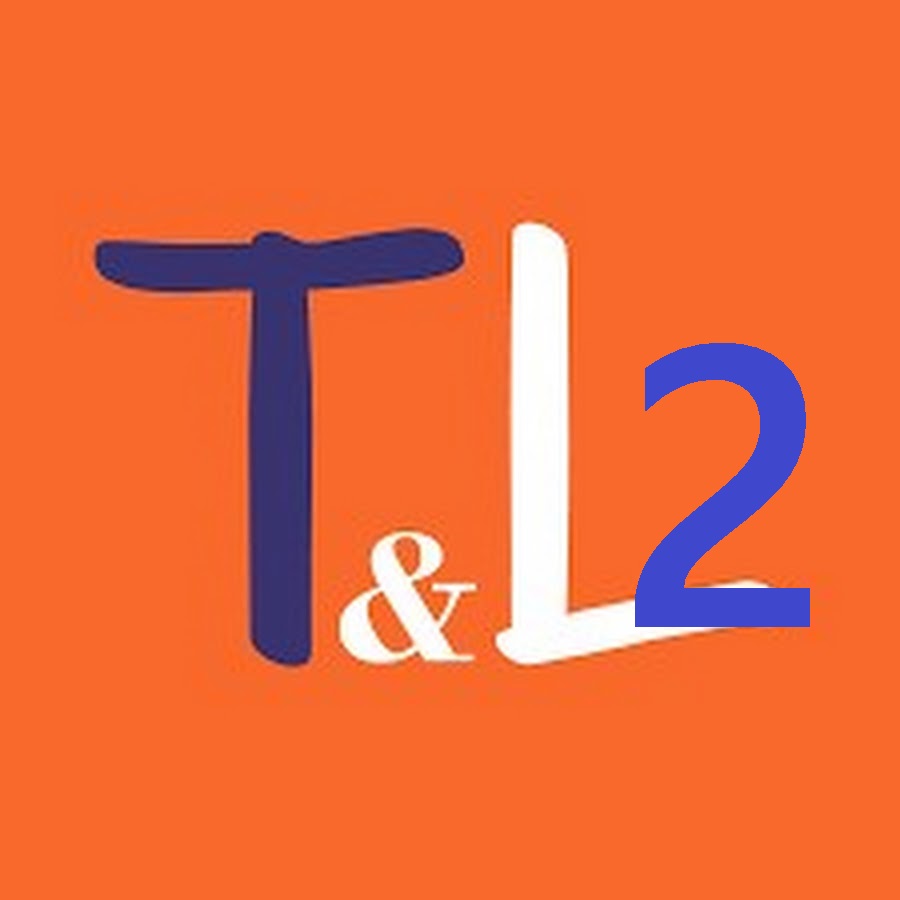What Is "Group 7"? The Mystery Behind The Latest TikTok Craze Explained
In late October 2025, a new trend emerged on digital platforms called "Group 7." It gained widespread popularity within a few days and later became one of the most popular movements on TikTok. On the surface, it seemed like a joke or an experiment aimed at testing the algorithm, but it quickly turned into a clear social phenomenon that topped the "For You" pages of many users. So what's the story behind this group? And why did it attract so much attention?
The Beginnings of the Experiment
The story began with American musician Sophia James, who posted seven consecutive short videos on TikTok. Each video was numbered—from "Group 1" to "Group 7"—with a caption that read: "If you watched this video, you're in Group 7..." The goal, as she described it, was "a little scientific experiment" to see which of her videos would attract the most attention from the TikTok algorithm.
In the seventh video, she said: "I posted seven videos tonight,
This is the seventh one." It was simply an experiment to see which video would receive the most views.
Viral Speed
The seventh clip quickly garnered millions of views within a few hours, and the virtual object "Group 7" became a slogan expressed by thousands of users, both sarcastic and proud, as trending clips spread under the hashtag #gr#group7
It also became a virtual title given to those who viewed it first, or those who felt "chosen" to join this small digital group. Some brands and celebrities even interacted with it as if they were members.
Why did the topic gain such popularity?
There are several interconnected reasons for its spread:
Simplicity and empathy: The idea of watching a clip and expressing "I'm in Group 7" is easy, and any user can share what they believe they belong to or wait for the first clip to appear and express "I'm in Group 7."
The appeal of surprise
And belonging: Once you watch the video, you say to yourself, "I'm in this group!" It's a symbolic feeling of digital distinction, even if it lacks a real-world standard.
Clever use of music and marketing: The clips featured the singer's own song, adding a marketing dimension to the experience. "Group 7" was both an idea and part of a campaign.
Brand and celebrity engagement: The engagement of major accounts, such as brands or influencers, added credibility and popularity to the concept, expanding it beyond ordinary users.
"Group 7" is not just a catchphrase; it's a vivid example of how people interact with distribution algorithms and how short, simple content can go viral thanks to its timing and shared appeal.
Remarkably, "Group 7" itself functions as a symbolic badge, not based on a specific or elected status,
but rather on the timing of your viewing of the clip or your appearance on a particular page. This reflects that digital identity sometimes goes beyond a mere physical reality. It also reflects a growing awareness among companies and artists of the potential to exploit these dynamics, not only in terms of content, but also in terms of its presentation, interaction, and dissemination. At the same time, this reminds us that digital audiences are ready to join an online "collective joke" or "select club," albeit without clear conditions.

.jpeg)
